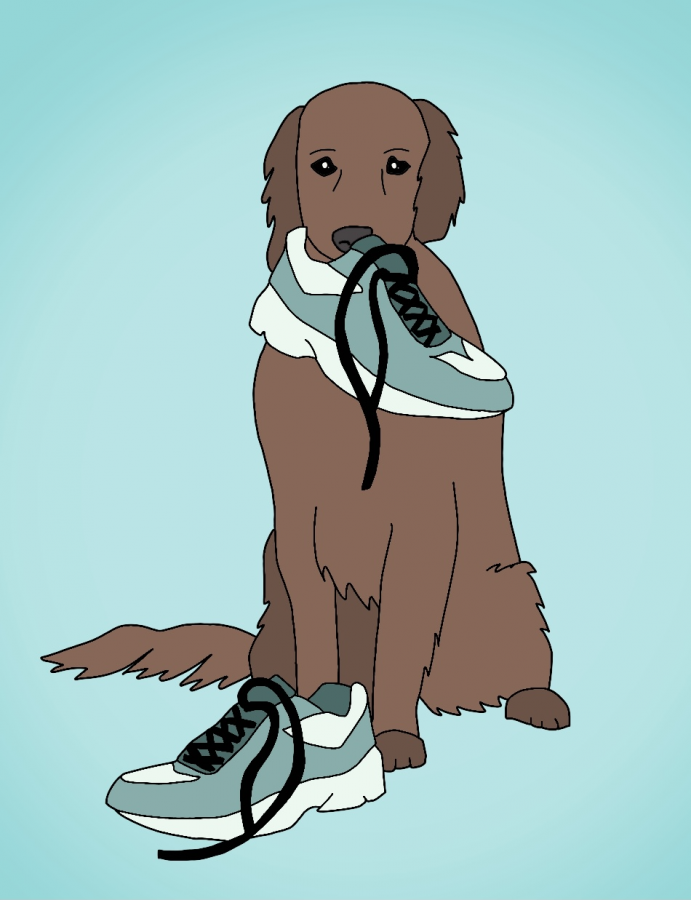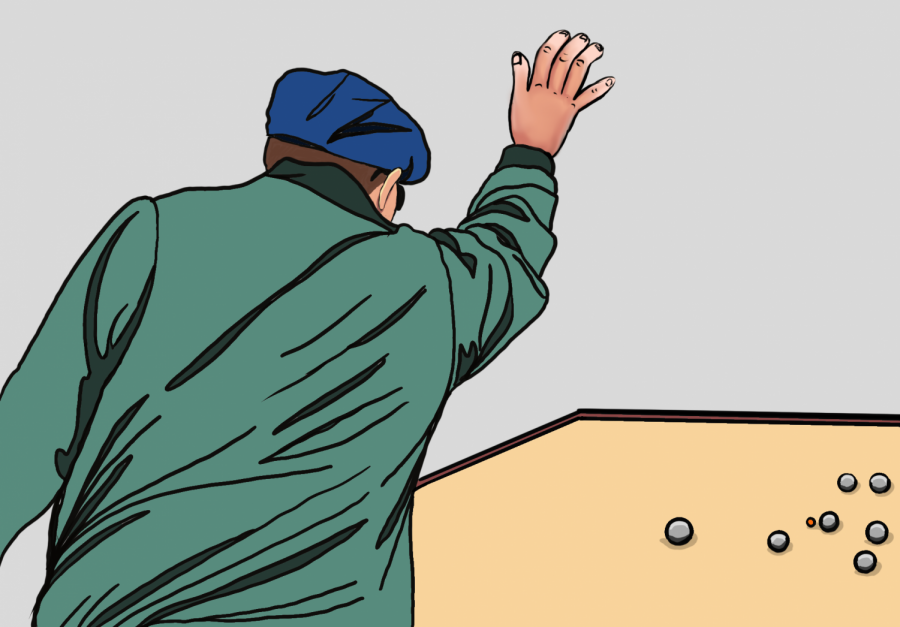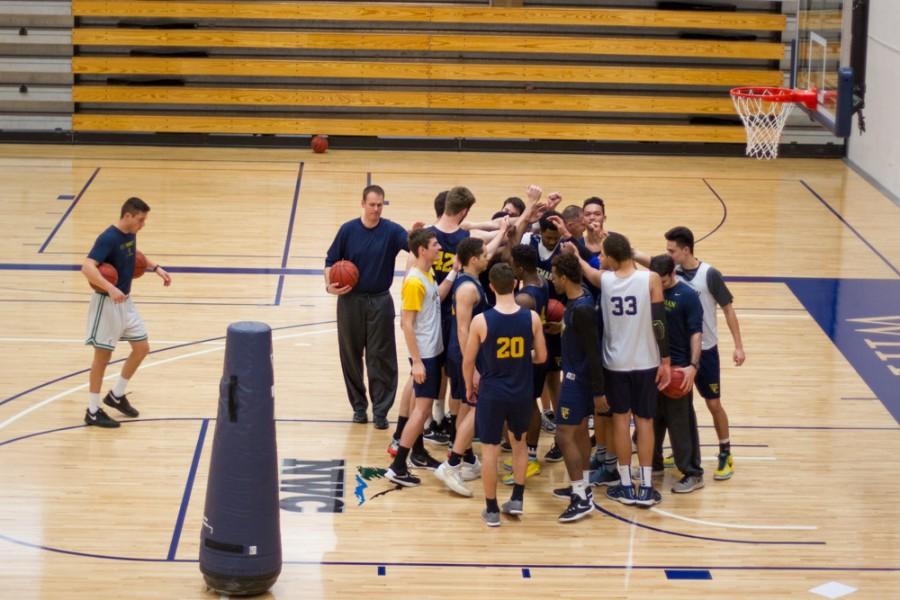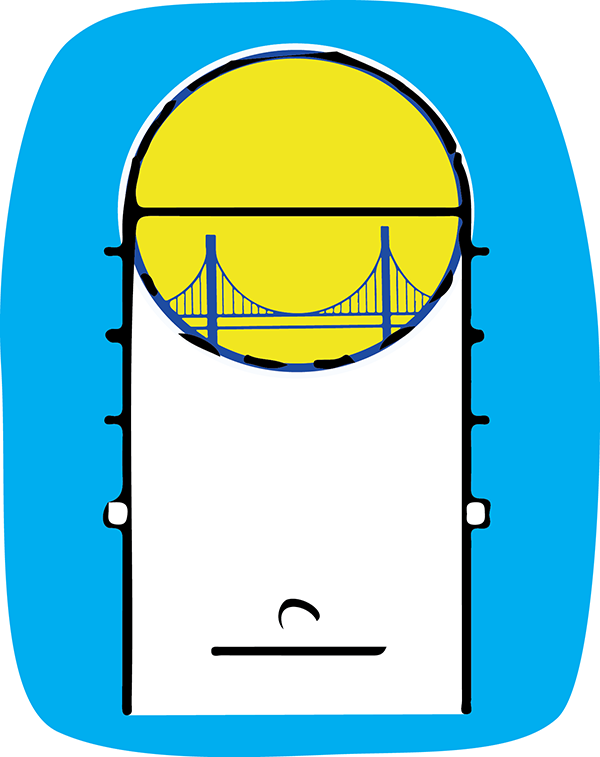Let me start by proclaiming that I’ve only played one season of baseball in my life. It was in sixth grade, and as a batter, I was destined to one of two outcomes: a strikeout or walk. If I did reach first base, I was particularly deadly at stealing, but that’s another story. The only reason I’m telling you this is to assure you that you don’t need to be a baseball player to play fantasy baseball, and you don’t even need to know that much about baseball, at least not initially.
I started playing fantasy baseball in high school. A few of my good friends who actually did play the sport had a league in which they needed another member, and for some insane reason they asked me to join. I was hesitant at first. I mentioned that I didn’t know very much about baseball, but they eventually convinced me to do it, and boy would I be glad that I did. Fantasy baseball proved to be a ton of fun, and I grew to understand baseball in entirely new ways.
One of the caveats of joining this league, other than my lack of knowledge, was that it was an auction league. An auction draft, more so than any other drafting style, is complete chaos. The draft never goes exactly as you imagine it, and I repeat, never. With that in mind, let me provide a few pointers for anybody that is new to head-to-head auction leagues.
Acquire multiple opinions on the same player, but ultimately, only trust your own. Analyze as many as you can, but in the end, go with your gut instinct. With that in mind, don’t let your emotions take control of you. Although you may love one particular player, others might as well. If you get into an intense bidding war over one player, you may end up spending exorbitantly over their actual value on the field. It’s important to know when to bow out of a bidding war. So put a spending limit on the players you really want. If the bid exceeds that limit, move on to another target.
Don’t be afraid to spend some money early in the draft. While it is easy to overpay for a single coveted player, remember that you’re going to have to spend some money to make some. Be cautious about pricing, but don’t wait too long to get into the game as well; there’s nothing worse than the auction ending with a fair chunk of change left in your pocket. Late in the draft, people often tend to become desperate to fill a position on their team. If multiple people lack the same position, then they may inflate the price of players, simply due to demand. If you can acquire fairly priced players early in the draft, you can often avoid situations such as these.
Outline a spending strategy. Many leagues have each team start with 260 dollars, and it is essential to think about how to split that money up, first between pitching and hitting, and later even down to individual positions. One drafting plan that I’ve adopted is to assign an approximate range of money, within five to 10 dollars, for which I am willing to spend for each slot in my lineup. A spending strategy makes it far easier to identify players that you want to go after at a particular moment in the draft. For example, I like to spend around 200 dollars on hitting and 60 dollars on pitching.
One argument behind this is that there is always a surplus of pitchers that can be picked up out of free agency or the waiver wire, used as spot starts and then subsequently dropped. Furthermore, hitters affect six categories: runs, home runs, RBIs, stolen bases, average and OPS. Starting pitchers, on the other hand, affect only five: wins, quality starts, ERA, WHIP and strikeouts. Closers count for even less, adding only to saves, strikeouts and the occasional win. Thus, batters can have more value on your team, especially in the depressed offensive conditions of the MLB. It is far harder to make up for a dearth of batting in-season than a dearth of pitching. While some surprise batters can be acquired, they are much rarer than the breakout waiver wire pitcher.
Don’t pay for saves! This is not a new idea, and while everyone seems to agree on it, there are people that do it every year. I say let them, but don’t let yourself be one of them. In an auction, every dollar you spend on one player is a dollar you don’t spend on another. This opportunity cost is highest amongst closers. Unless you’re punting the category, you will most likely need at least three decent closers to be in competition every week with your opponent. Say it costs 10 dollars for a borderline elite closer. If you want three elite closers, it’s going to cost at least 30 dollars. However, both decent and breakout closers will appear randomly for essentially no or little cost. In my inaugural season I drafted Craig Kimbrel dirt cheaply and he went on to have a legendary rookie season, but I wouldn’t be caught dead drafting him now because it costs too much. Play the cheap lottery tickets and with the extra money you can start off the draft with a big purchase –– say Mike Trout?













